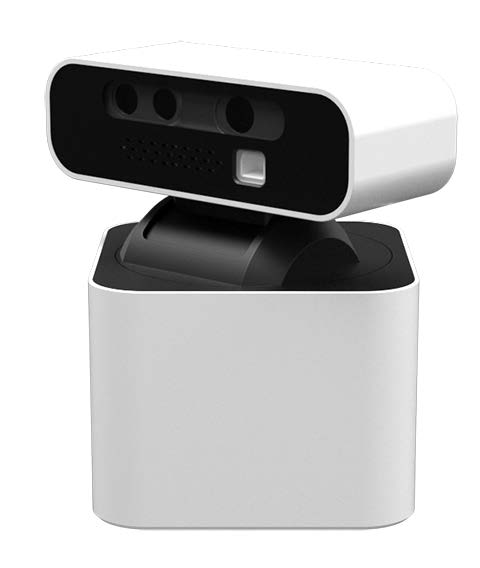“Deep-ChildAR bot: Educational Activities and Safety Care Augmented Reality system with Deep-learning for Preschool” by Park, Ro and Han
Conference:
Type(s):
Entry Number: 26
Title:
- Deep-ChildAR bot: Educational Activities and Safety Care Augmented Reality system with Deep-learning for Preschool
Presenter(s)/Author(s):
Abstract:
We propose a projection-based augmented reality (AR) robot system that provides pervasive support for the education and safety of preschoolers via a deep learning framework. This system can utilize real-world objects as metaphors for educational tools by performing object detection based on deep learning in real-time, and it can help recognize the dangers of real-world objects that may pose risks to children. We designed the system in a simple and intuitive way to provide user-friendly interfaces and interactions for children. Children’s experiences through the proposed system can improve their physical, cognitive, emotional, and thinking abilities.
References:
- Ajaya Kumar Dash, Santosh Kumar Behera, Debi Prosad Dogra, and Partha Pratim Roy. 2018. Designing of marker-based augmented reality learning environments for kids using convolutional neural network architecture. Displays 55 (2018), 46–54.
- Joseph Redmon. 2013–2016. Darknet: Open Source Neural Networks in C. http: //pjreddie.com/darknet/.
- Thomas Whelan, Michael Kaess, Hordur Johannsson, Maurice Fallon, John J Leonard, and John McDonald. 2015. Real-time large-scale dense RGB-D SLAM with volumetric fusion. The International Journal of Robotics Research 34, 4-5 (2015), 598–626.
- Andrew D Wilson. 2010. Using a depth camera as a touch sensor. In ACM international conference on interactive tabletops and surfaces. ACM, 69–72.
- Hsin-Kai Wu, Silvia Wen-Yu Lee, Hsin-Yi Chang, and Jyh-Chong Liang. 2013. Current status, opportunities and challenges of augmented reality in education. Computers & education 62 (2013), 41–49.
Keyword(s):
Acknowledgements:
This work was supported by the National Research Foundation of Korea(NRF) grant funded by the Korea government(MSIP) (No.NRF2018R1A2A1A05078628).





